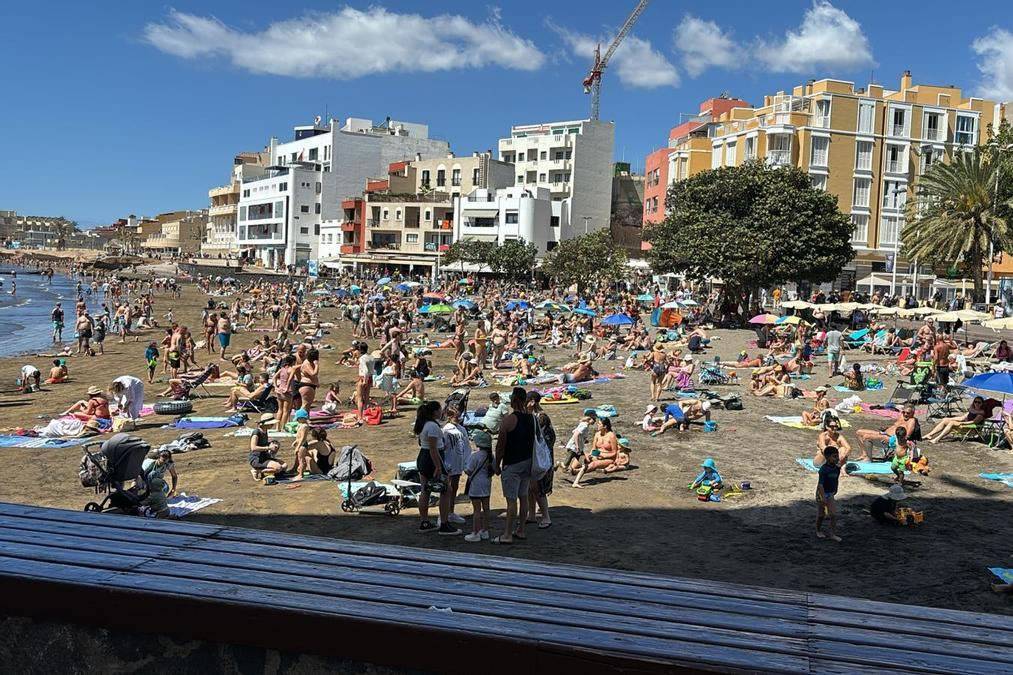Canary Islands sets record of 14 consecutive months with over a million foreign visitors
- 03-10-2024
- Business
- Canarian Weekly
- Photo Credit: Stock Image
The Canary Islands have set a new record by receiving more than one million foreign tourists every month for the past 14 months. According to data from the National Statistics Institute (INE), the islands welcomed 1.16 million international visitors in August 2024, representing a 9.67% increase compared to the same month in 2023.
This surge in tourism has brought the total number of foreign visitors in the first eight months of 2024 to 9.86 million, marking a 10.25% rise compared to 2023.
This figure is nearly a million more than the same period in 2023 (8.49 million) and half a million higher than in 2017, the previous record year, which saw 9.29 million foreign tourists by the end of August.
For the first time, each of the first eight months of the year has recorded more than one million international visitors. In previous years, months like May and June typically saw between 800,000 and 900,000 tourists. This year, however, even the traditionally slower months of May and June saw over a million visitors, with 1,037,701 and 1,045,520 tourists, respectively.
Since July 2023, the Canary Islands have consistently attracted more than a million tourists every month, an unprecedented trend in the region’s history.
Tourism spending in the Canary Islands reaches new heights
In August 2024, tourists spent a total of €1.95 billion, a 14.01% increase compared to 2023, setting a new record for summer months. Typically, the peak tourism season in the Canary Islands occurs in autumn and winter.
In the first eight months of 2024, foreign visitors spent a total of €14.98 billion on their vacations in the islands, marking a 14.41% increase over the same period in 2023. On average, each tourist spent €1,676 during their visit in August, an increase of 3.96%, with daily expenditures averaging €200, a 6.61% rise.
Despite the increase in spending, tourists slightly shortened their stays by 2.49%, with an average duration of 8.39 days per trip.
This growth in both tourist numbers and spending highlights the Canary Islands' strong recovery and continued popularity as a top travel destination. The region is now on track to surpass its previous annual tourism record set in 2017, when 14.21 million foreign tourists visited the islands.
Other articles that may interest you...
Trending
Most Read Articles
1.
Featured Videos
A Vision of Elvis Tenerife Promo
- 10-05-2025
TEAs 2025 Highlights
- 17-11-2025



























































